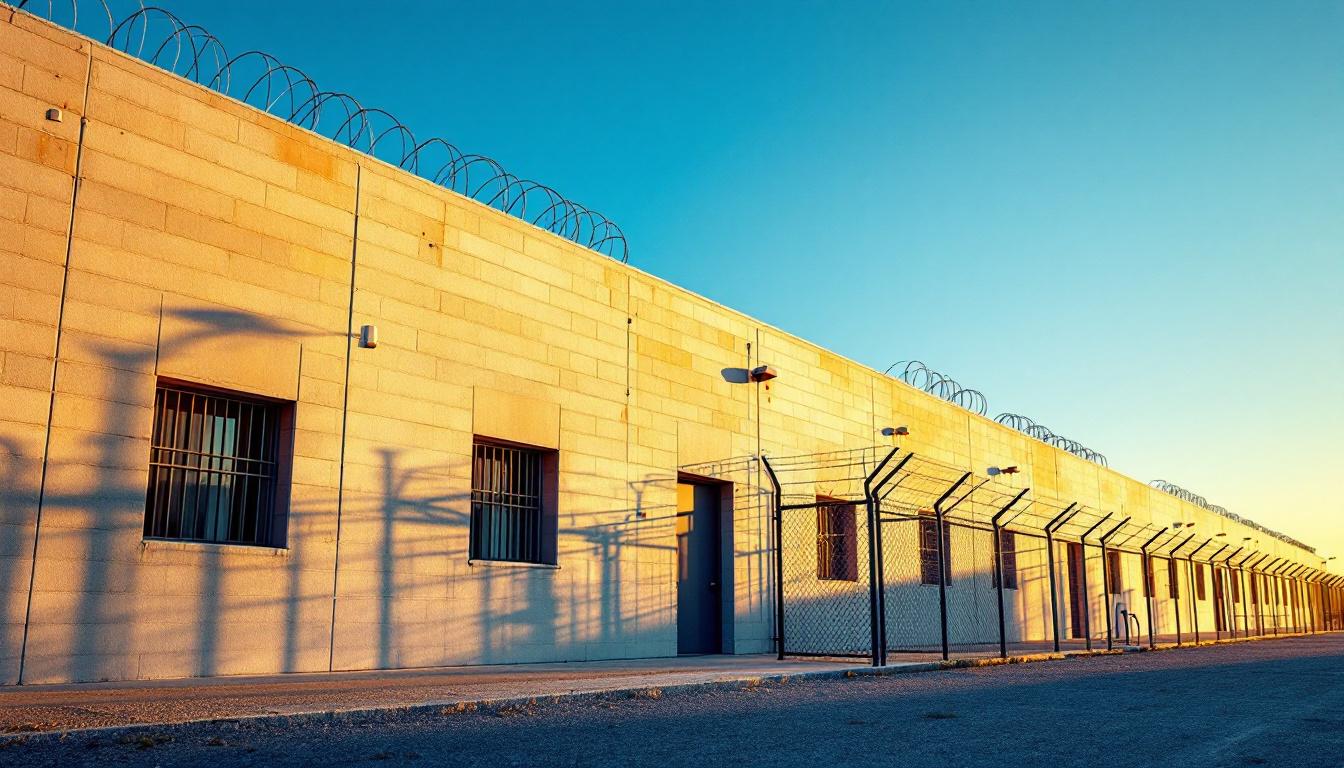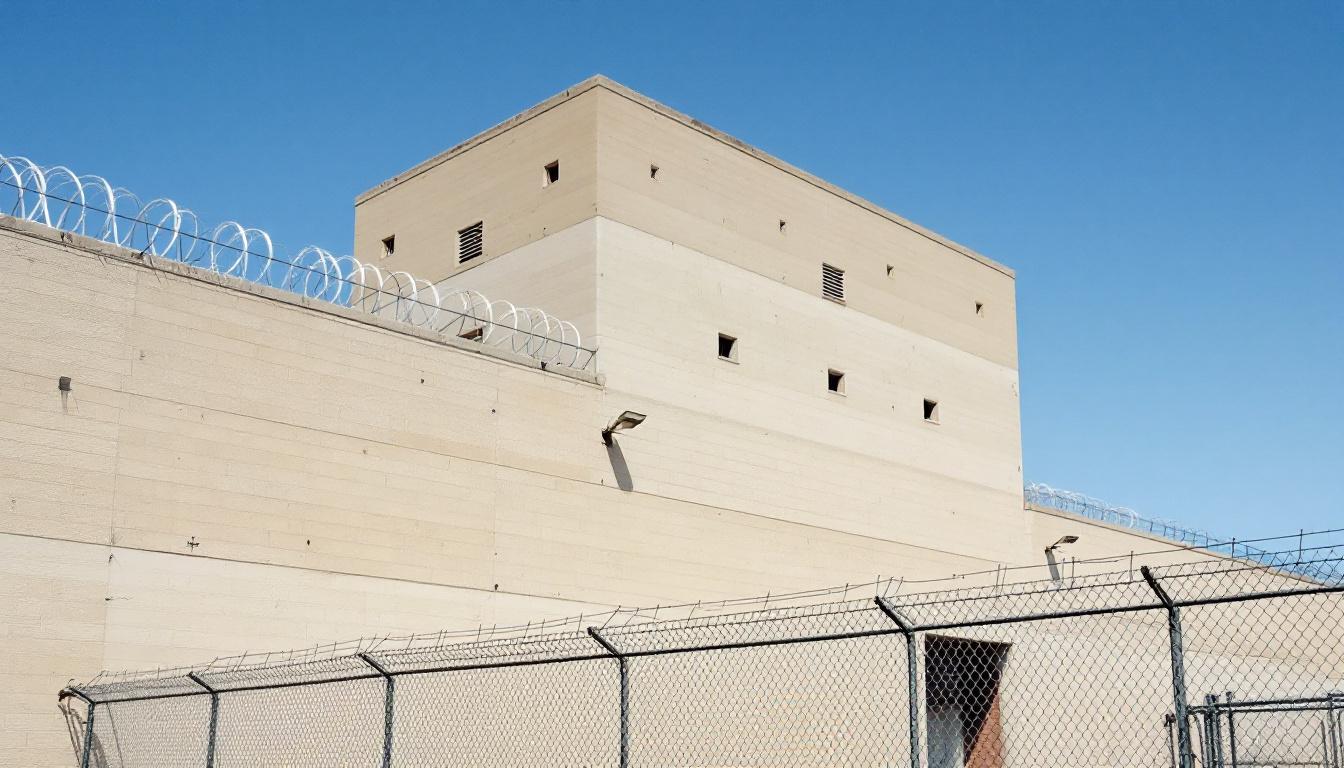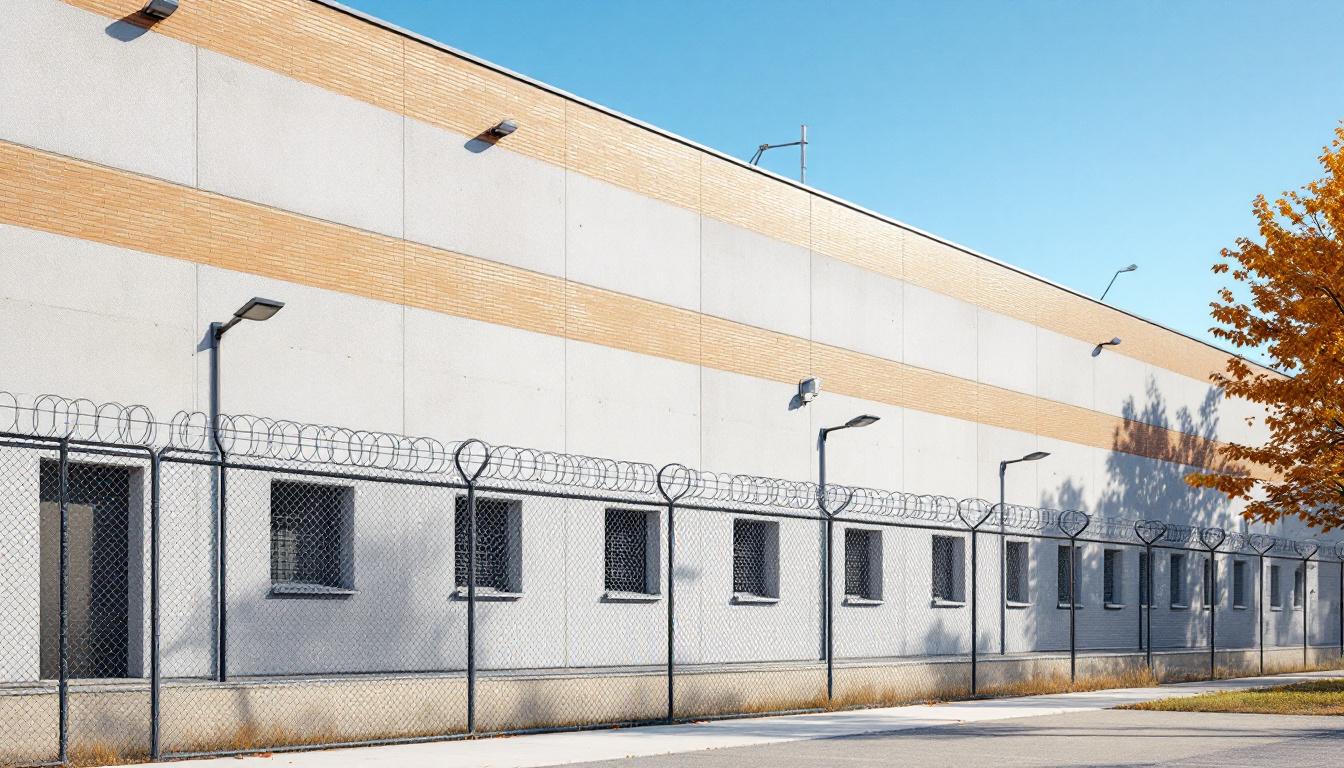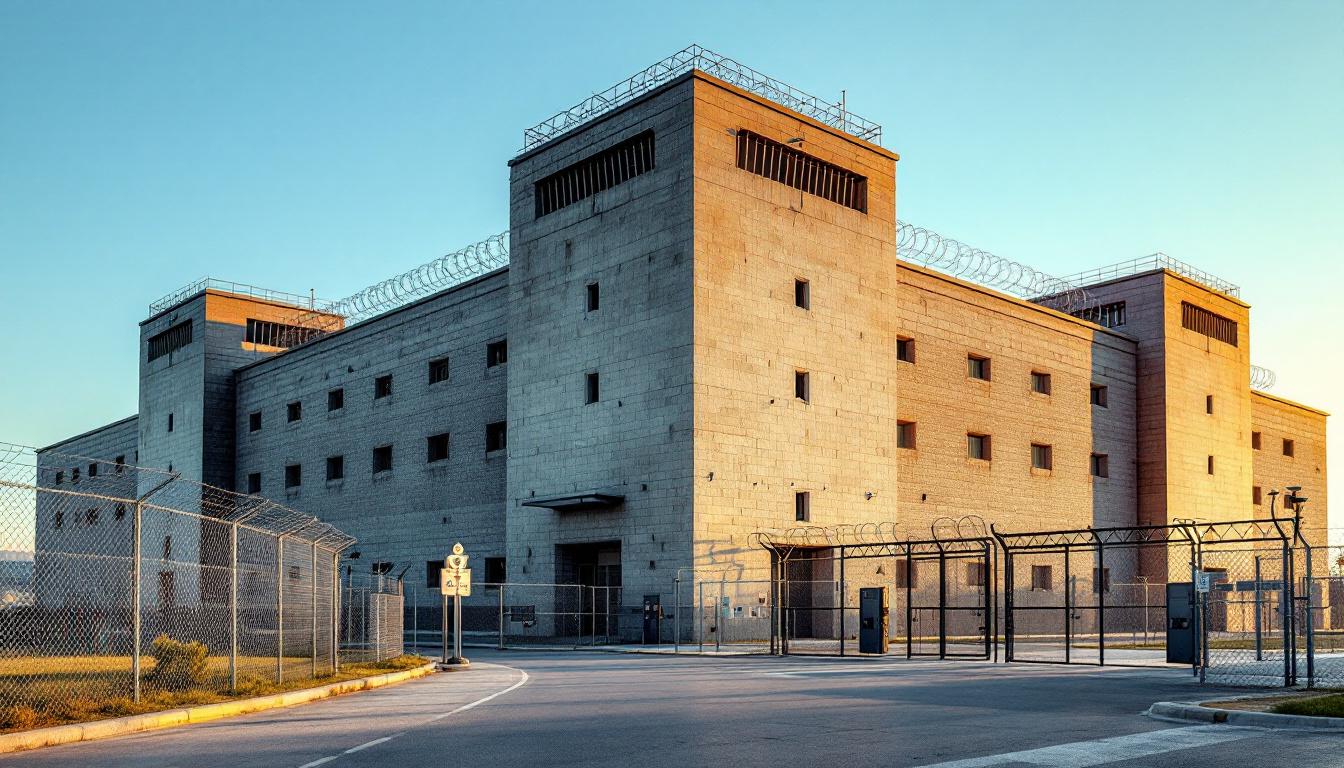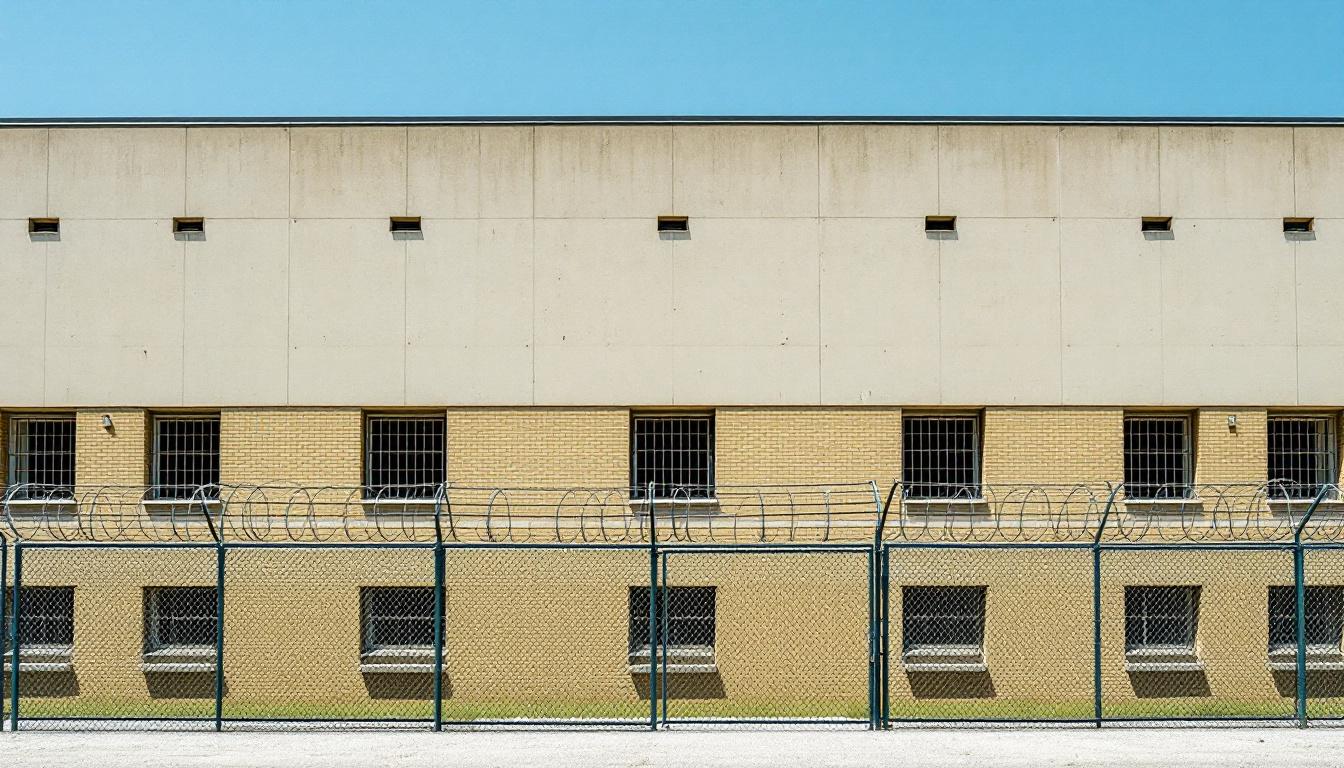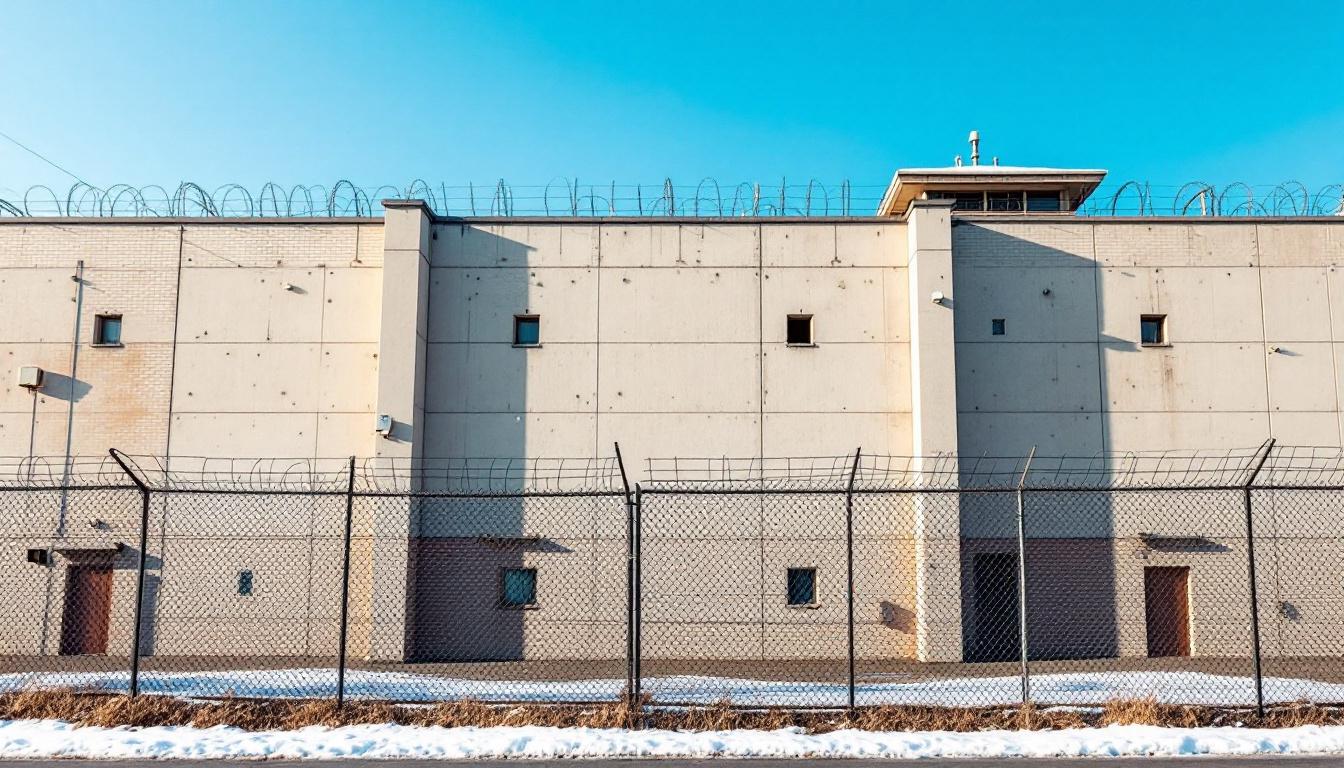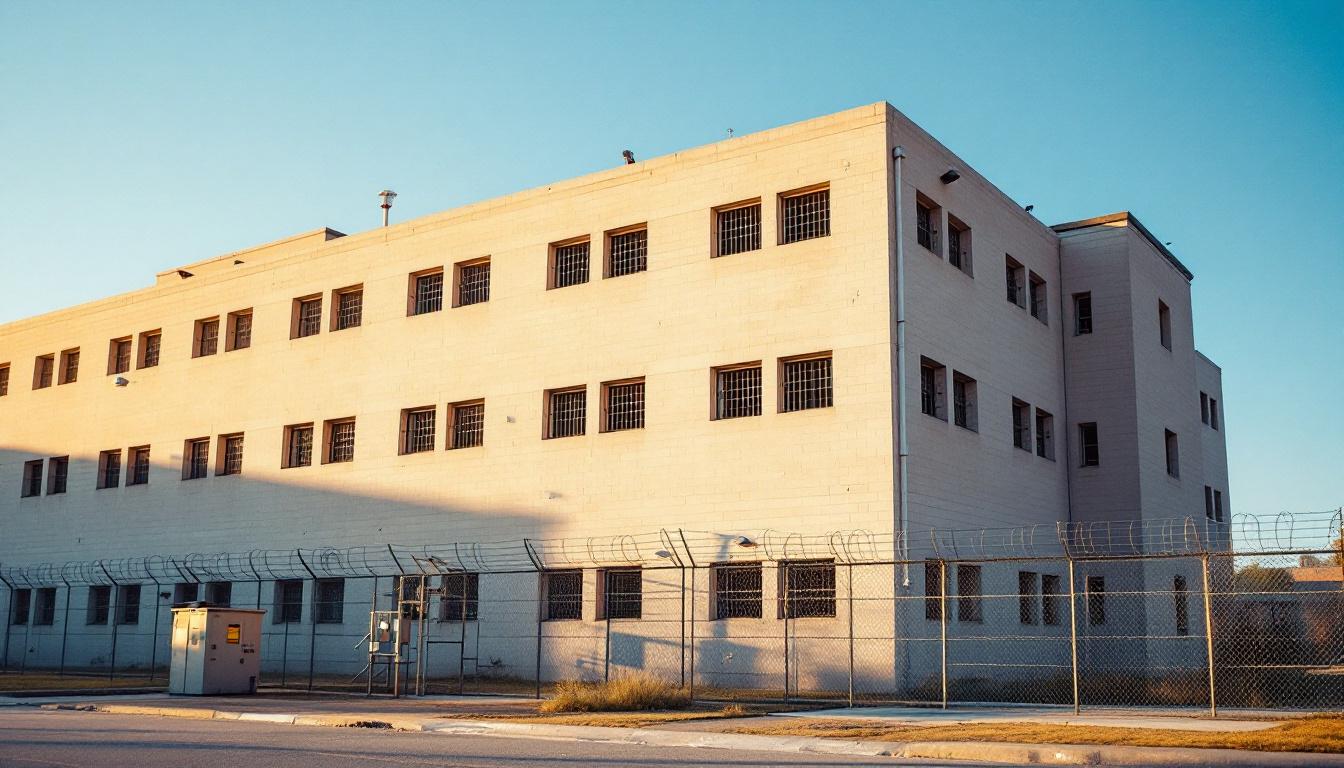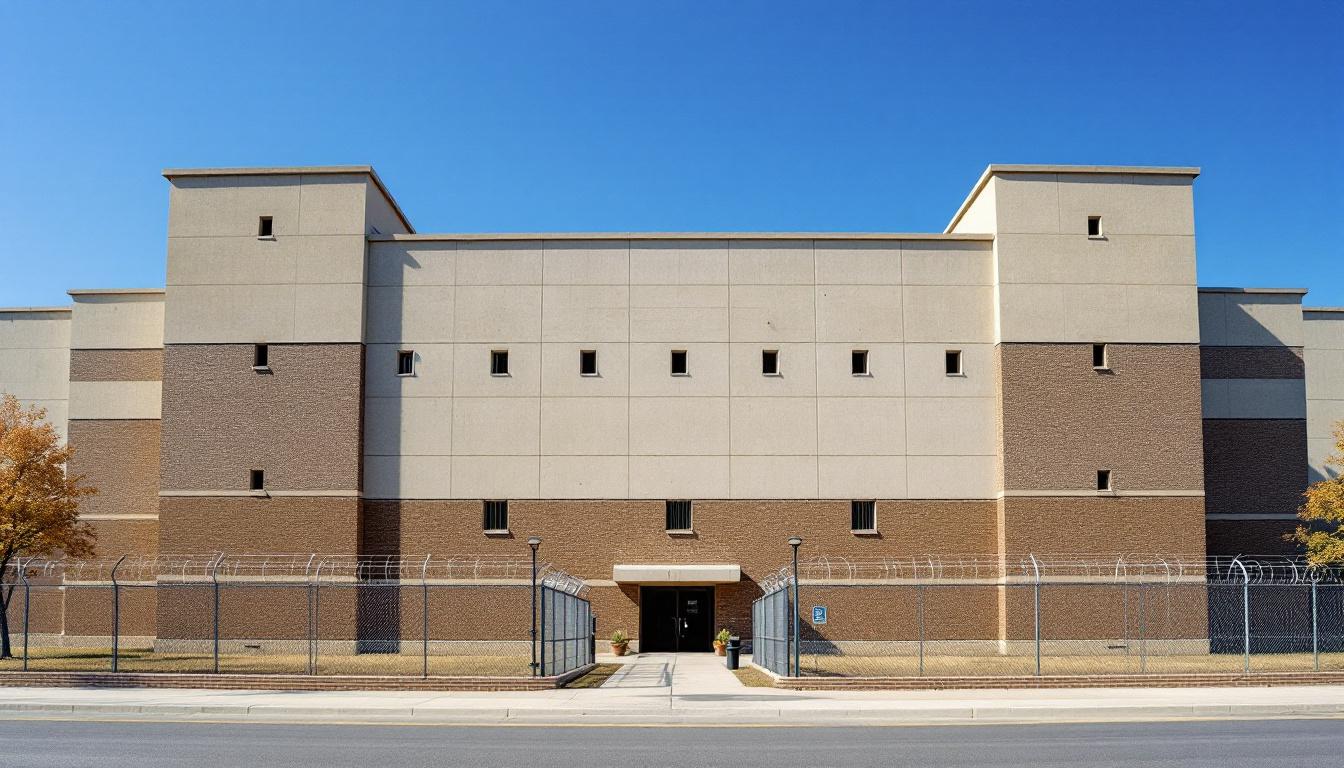
Quick Navigation
How to contact an inmate at Mitchell County Correctional Institute
This comprehensive guide will walk you through how to connect with an inmate at Mitchell County Correctional Institute. Follow the steps below to find an inmate and send letters and photos:
- Search for the inmate using our search tool below
- Create your account or log in to Penmate
- Write your message (up to 6,000 characters)
- Send instantly - inmates receive printed copies daily
Find an Inmate
Search for an inmate to start communicating today
Tip: You can search by first name, last name, or inmate ID number
To contact a person at Mitchell County Correctional Institute start by searching for the person on the official facility website. Perform a search by following these steps:
- Step 1: Enter their first name and last name into the search form and click "Search"
- Step 2: Locate their inmate record
- Step 3: Write down their Inmate ID and any housing information provided
Important! Be sure to enter the person's full name. Nicknames should not be used.
How to Send Messages to Inmates

You can use your phone or computer to send emails, letters, and photos to an inmate. Messages are sent electronically to inmate tablets or kiosks at the facility. If you would like to send a message, start by searching for an inmate at Mitchell County Correctional Institute.
Sending Photos and Postcards

A great way to send love and support to a loved one at Mitchell County Correctional Institute is to send photos and postcards. It only takes a few minutes to send photos from your phone and it makes a huge difference. You can also mail postcards with words of support and inspiration, or design your own postcard for special moments like birthdays and holidays.
Important! Be sure not to send any explicit photos or they may not be approved by the facility. You can also use a photo printing app like Penmate to make sure your photos are printed at the correct size (4x6 or 3x5) and are mailed according to the rules and regulations of Mitchell County Correctional Institute.
Frequently asked questions about Mitchell County Correctional Institute
-
How long does it take to deliver a message?
If you're sending an email message your letter is usually delivered within 24-48 hours. For messages sent via mail you should expect delivery within 3-7 days. All messages will need be approved by Mitchell County Correctional Institute.
-
How much does it cost to send a message to Mitchell County Correctional Institute?
You can send a message free using your phone or mail a message via USPS for the price of a $0.60 stamp and envelope. You can also purchase credits or e-stamps from services starting at $1.99.
-
What services can I use to contact an inmate at Mitchell County Correctional Institute?
Penmate
You can use Penmate to send letters and photos to an inmate from your phone. It's an easy way to stay in touch during your loved one's incarceration. Use the inmate locator to find an inmate's location and contact information, then you can send messages within a few minutes.
Securus messaging
Securus may be another option for communicating with an inmate at Mitchell County Correctional Institute. You can create a friends and family account and purchase credits to send messages. All messages will be reviewed and must be approved by the facility.
JPay
Some county jails and state prisons may support sending messages with JPay. You must register an account with the system, find your loved one, and purchase stamps to send messages. For some locations you can also attach photos.
Smart Jail Mail
You may also check if Smart Jail Mail is available at Mitchell County Correctional Institute. Smart Jail Mail is operated by Smart Communications and has contracted with some state and county jails. After purchasing credits, your messages and photos are sent to the facility, printed out, and then handed out to your loved one.
-
What is the mailing address of Mitchell County Correctional Institute?
Mailing address:
Mitchell County Correctional Institute
4838 GA-37
Camilla, GA 31730
Phone: (229) 336-2045 -
What are the visiting hours at Mitchell County Correctional Institute?
Visiting hours at Mitchell County Correctional Institute vary by housing unit and security level. Generally, visits are scheduled on weekends and holidays, with some facilities offering weekday visits. Contact the facility directly at (229) 336-2045 or check their website for the current visiting schedule. Visits typically last 30-60 minutes and must be scheduled in advance.
-
What items are prohibited when sending mail to Mitchell County Correctional Institute?
Prohibited items typically include: cash, personal checks, stamps, stickers, glitter, glue, tape, staples, paperclips, polaroid photos, musical or blank greeting cards, hardcover books, magazines with staples, and any items containing metal or electronics. Only send letters on plain white paper with blue or black ink. Photos must be printed on regular photo paper (no Polaroids). Always check with Mitchell County Correctional Institute for their specific mail policies.
-
How do I send money to an inmate at Mitchell County Correctional Institute?
You can send money to an inmate at Mitchell County Correctional Institute through several methods: 1) Online using JPay, Access Corrections, or the facility's approved vendor, 2) Money orders mailed directly to the facility with the inmate's name and ID number, 3) Kiosks located in the facility lobby, or 4) Over the phone using a credit or debit card. Fees vary by method, typically ranging from $2.95 to $11.95 per transaction.
-
Can I schedule a video visit with an inmate at Mitchell County Correctional Institute?
Many facilities now offer video visitation as an alternative to in-person visits. At Mitchell County Correctional Institute, video visits may be available through services like Penmate, Securus Video Connect, GTL, or ICSolutions. Video visits typically cost $10-20 for 20-30 minutes and must be scheduled in advance. You'll need a computer or smartphone with a camera and reliable internet connection. Contact the facility for their specific video visitation policies and approved vendors.
-
What identification do I need to visit an inmate at Mitchell County Correctional Institute?
All visitors must present valid government-issued photo identification such as a driver's license, state ID, passport, or military ID. Minors must be accompanied by a parent or legal guardian who can provide the minor's birth certificate. Some facilities require visitors to be on the inmate's approved visitation list, which may require a background check. Contact Mitchell County Correctional Institute for specific ID requirements and visitor approval procedures.
-
How can I find out an inmate's release date?
To find an inmate's release date at Mitchell County Correctional Institute, you can: 1) Use the online inmate search tool if available, 2) Call the facility's records department, 3) Contact the inmate's case manager or counselor, or 4) Have the inmate provide this information during a call or visit. For privacy reasons, some facilities only release this information to immediate family members.
Facility Overview
Contact Information
Mitchell County Correctional Institute4838 GA-37
Camilla, GA 31730
Phone: (229) 336-2045
Official Website

About Mitchell County Correctional Institute
Supporting public safety through secure detention and rehabilitation processes, Mitchell County Jail, GA operates as an integral component of Georgia's correctional framework while serving the residents of Camilla and surrounding communities. The facility's mission centers on maintaining secure custody of individuals awaiting trial or serving sentences, while simultaneously working to prepare them for successful reintegration into society through structured programming approaches.
Located in Camilla, this GA correctional facility typically functions within the broader network of county-level institutions that form the foundation of Georgia's justice system. The jail generally processes individuals through various stages of the correctional experience, from initial intake and classification to pre-release preparation. Those incarcerated services may include educational opportunities, substance abuse counseling, and vocational training programs designed to address underlying issues that contribute to criminal behavior. The facility often collaborates with local organizations and state agencies to provide comprehensive support that extends beyond the period of incarceration.
Through its integration with state correctional goals, Mitchell County Jail emphasizes both accountability and rehabilitation as complementary objectives. The facility's approach typically involves structured daily routines, behavioral programming, and preparation for community reentry that aligns with Georgia's broader emphasis on reducing recidivism. Staff members generally work to maintain a secure environment while facilitating access to services that may include mental health support, job readiness training, and family communication programs, all designed to support successful transitions back into the Camilla community and beyond.
Programs & Services
Personal transformation begins through structured opportunities designed to address the diverse needs of those incarcerated at Mitchell County Jail. The facility's comprehensive approach emphasizes building essential life skills while maintaining a secure environment that prioritizes both safety and personal development. These carefully designed offerings create pathways for individuals to address underlying challenges, develop practical capabilities, and prepare for successful community reintegration upon release.
Educational programs typically form the foundation of personal growth opportunities, offering those incarcerated chances to advance their academic credentials and expand their knowledge base. The facility may furnish basic literacy instruction alongside GED preparation courses that help participants achieve important educational milestones. Additionally, vocational training offerings often include hands-on instruction in practical trades and technical skills that align with local employment opportunities. Job readiness training complements these technical programs by focusing on workplace behavior, interview techniques, and professional communication skills that prove essential for securing stable employment.
Support services create additional layers of assistance through faith-based programs that provide spiritual guidance and community connection for interested participants. Decision-making skills workshops typically address the cognitive patterns and thought processes that contribute to positive behavioral changes. The facility often includes recycling programs that not only support environmental responsibility but also teach valuable work habits and teamwork skills. These diverse offerings work together to create a structured environment where those incarcerated can develop the tools and mindset necessary for building more productive futures while serving their sentences in a safe, secure setting.
Daily Life & Visitation

Maintaining connections with family and friends remains a vital aspect of life for those incarcerated at Mitchell County Jail. The facility currently operates on a structured daily schedule that continues to provide opportunities for social interaction and community building among residents. Wake-up typically occurs in the early morning hours, followed by headcount procedures and meal service that brings individuals together in common areas.
Living accommodations generally consist of shared housing units where those incarcerated may develop supportive relationships with their peers. The facility furnishes basic necessities including bedding, personal hygiene items, and access to commissary services where residents can purchase additional comfort items and snacks. Additionally, common areas provide spaces for conversation and social interaction throughout the day, while television viewing and reading materials offer shared entertainment experiences that help build connections among residents.
Programming schedules typically include educational opportunities, religious services, and recreational activities that encourage community participation. Those incarcerated usually have access to visitation opportunities with family members, though specific policies may vary based on security classifications and facility protocols. While phone access is generally available for maintaining outside connections, communication privileges are typically regulated according to established schedules. Work assignments within the facility often provide structure and purpose, allowing residents to contribute to daily operations while developing skills and maintaining a sense of community responsibility during their time at the facility.
Ready to Connect?
Start communicating with your loved one today
Search for an Inmate

